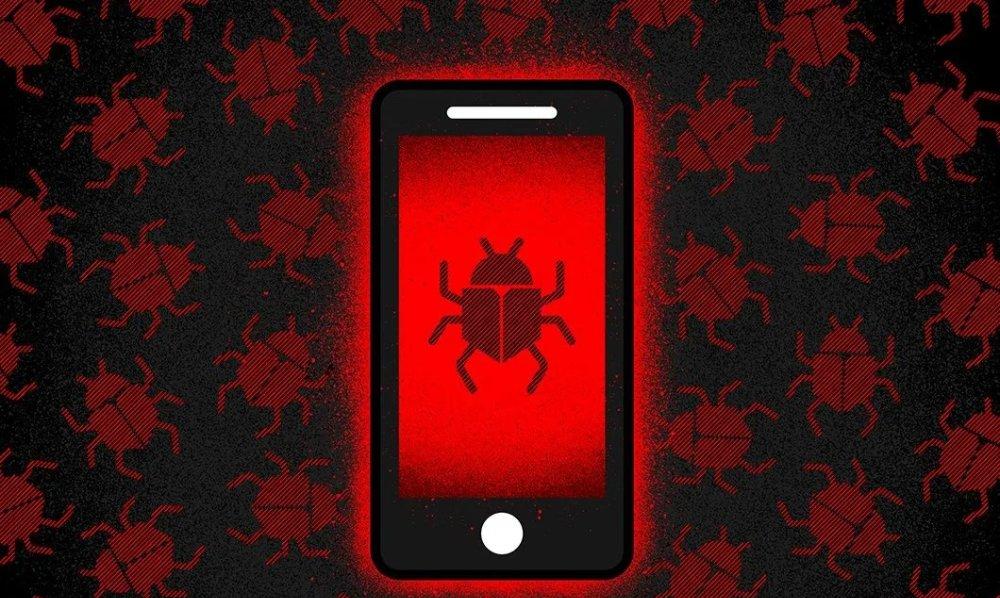Based on CrowdStrike's threat telemetry data
The number of malware targeting Linux distributions (widely deployed by IoT devices) in 2021 increased by 35% compared to 2020. The first three malware families, XorDDoS, Mirai, and Mozi, account for 22% of all Linux-based IoT malware in 2021.

Compared to 2020, Mozi has significantly increased the number of field samples in 2021 by a factor of 10. The primary purpose of these malware families is to disrupt vulnerable internet-connected devices, aggregate them into botnets, and use them to carry out distributed denial-of-service (DDoS) attacks.
Most of today's cloud infrastructure and web servers run Linux, but it also powers mobile and IoT devices. It is popular because it offers scalability, security features, and a wide range of distributions to support multiple hardware designs and tremendous performance on any hardware requirement.
With various Linux built and distributed across the core of cloud infrastructure, mobile, and IoT, it presents a huge opportunity for threat actors. For example, whether using hard-coded credentials, open ports, or unpatched vulnerabilities, IoT devices running Linux are a low-risk fruit for the threater – their massive disruption can threaten the integrity of critical Internet services. It is estimated that by the end of 2025, more than 30 billion IoT devices will be connected to the internet, creating a potentially huge attack surface for threats and cybercriminals to create a massive botnet.
A botnet is a network of compromised devices connected to a remote command and control (C2) center. It acts as a pinion in a larger network and can infect other devices. Botnets are often used for DDoS attacks, spamming targets, gaining remote control, and performing CPU-intensive activities such as encryption. DDoS attacks use multiple internet-connected devices to access a particular service or gateway, blocking the passage of legitimate traffic by consuming the entire bandwidth, causing it to crash.
● XorDDoS
XorDDoS is a Linux Trojan compiled for multiple Linux architectures, ranging from ARM to x86 and x64. It gets its name from the use of XOR encryption in malware and network communications to the C2 infrastructure. When targeting IoT devices, the Trojan is known to use SSH brute force attacks to gain remote control over vulnerable devices.
On Linux machines, some variants of XorDDoS show that its operator scans and searches docker servers and opens port 2375. This port provides an unencrypted Docker socket and remote root passwordless access to the host, which attackers can abuse to gain root access to the machine.
● Cinema
Mozi is a peer-to-peer (P2P) botnet that utilizes a distributed hash table (DHT) system to implement its own extended DHT. The distributed and decentralized lookup mechanism provided by DHT enables Mozi to hide C2 traffic behind large amounts of legitimate DHT traffic. Mozi infected the system by imposing SSH and Telnet ports. It then blocks these ports so that they are not overwritten by other malicious actors or malware.
● Mirai
Mirai malware has gained fame over the past few years, especially after its developers published Mirai's source code. Similar to Mozi, Mirai abuses weak protocols and weak passwords, such as Telnet, to hack into devices using brute force attacks.
Since mirai's source code was made public, multiple Mirai variants have emerged, and this Linux Trojan can be considered the common ancestor of many Linux DDoS malware today. While most variants complement existing Mirai functions or implement different communication protocols, at their core they share the same Mirai DNA.